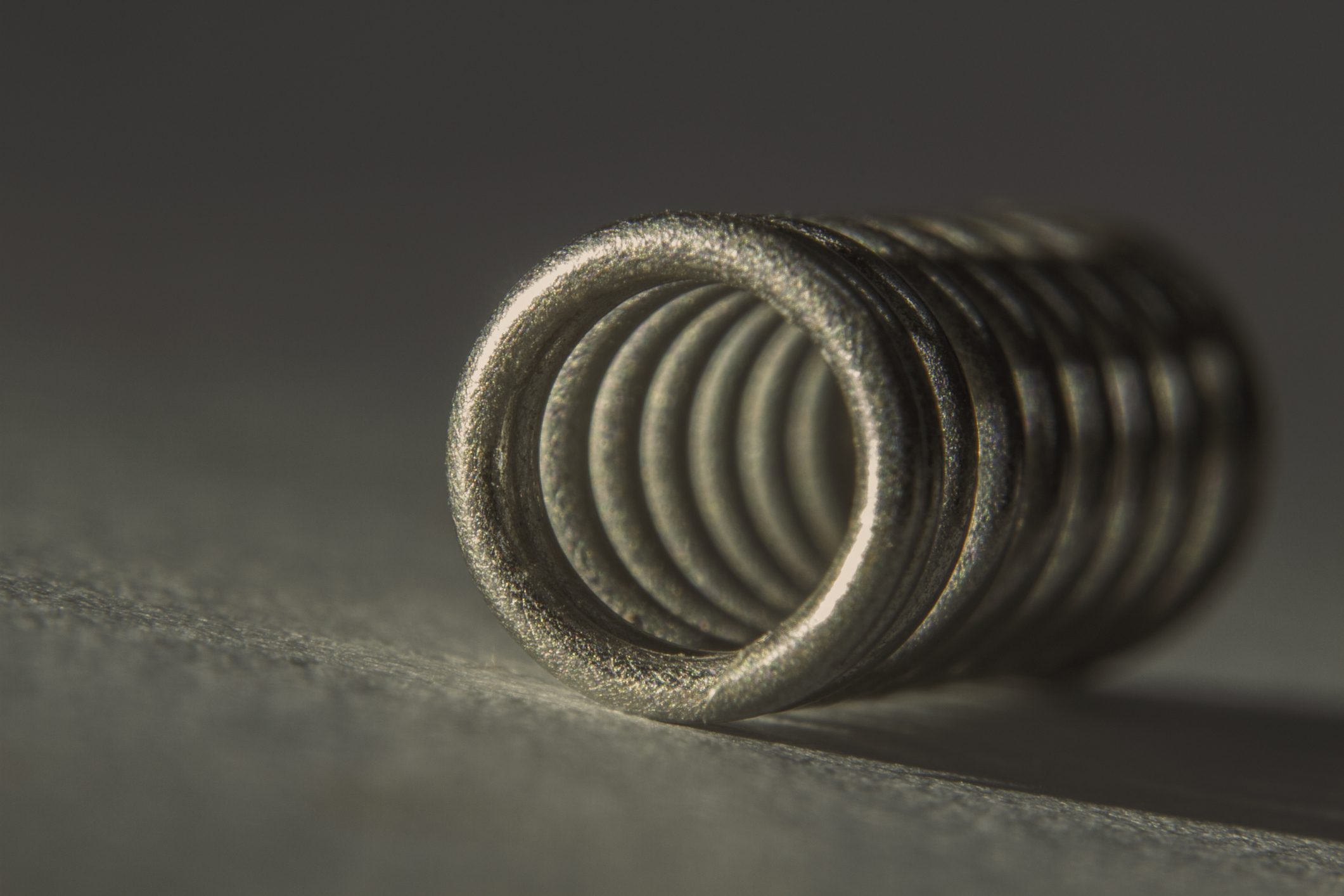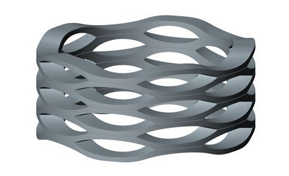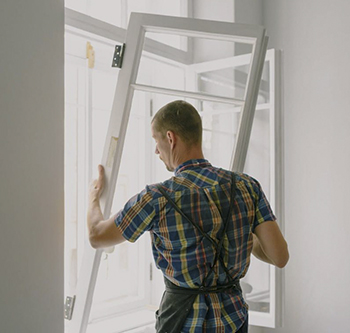Compression vs Wave Springs
Springs are at work in almost every aspect of our modern-day life, right down to the trainers we run in. Both compression and wave springs are two of the most useful springs, which makes them worthy of comparison.
Contents |
[edit] Hooke’s Law
The force needed to extend or compress a spring is linear with the distance by which the spring is made to compress or extend.
F = kx
- F: Force applied to spring.
- K: Stiffness of spring.
- X: Difference between spring’s original height and height after Force is applied.
This law can be used to calculate the potential of springs (and some other elastic bodies), which has led to springs being applied more in inventions and everyday life since this law’s publication in 1678. Hooke’s law can be applied to both compression and wave springs, so the two springs are the same in this regard.
[edit] Introduction to compression springs
Out of all the springs invented, the compression spring was one of the first, and because of its wide use, it is also one of the most studied.
Compression springs are named after the problem they were created to solve – compression. When the spring is put under pressure, it ‘compresses’ or becomes temporarily shorter. On removal of the pressure, the compression spring regains its previous height. Springs are made to ‘spring back’ to their original forms, and as a result, they push back against pressure.
[edit] Use of compression springs
Some popular devices that utilise compression springs are; pens, pacemakers, oil rigs and suspension systems. Compression springs have a wide range of uses, and their size will depend on their application. Pacemakers require very small springs, whereas oil rigs use much larger springs.
[edit] Types of compression springs
Compression springs come in a variety of shapes, including conical, hourglass and barrel-shapes. Each different type of compression spring is used for a different purpose. Conical springs, for example, can collapse their coils into their centre so they take up less room when compressed. Hourglass and barrel springs offer more stability than regular compression springs. The type of compression spring required will depend on the type of project being undertaken.
[edit] Introduction to wave springs
Wave springs are a relatively new invention compared to the 600-year-old compression spring. The first pseudo-wave-spring was stamped around fifty years ago as a flat washer. Since then, wave springs have been in the process of being perfected and they can now be substituted for most uses of compression springs, with cost-savings to be made in the long run, as they use less space than compression springs.
[edit] Types of wave springs
There are two types of wave spring: tension wave springs, made for loads to be attached, and compression wave springs, which are the most common type. The spring potential of a wave spring can be adjusted through a variety of factors, including wire thickness, number of waves per rotation, and gap size. The thicker the wire and the higher the number of waves, the stronger the spring will be.
[edit] Wave spring vs. compression spring
The wave spring is set to overtake the compression spring in the near future. Both types of spring achieve the same effects, but wave springs can manage this with a lot less space. Wave springs are often more expensive per spring than the standard compression spring, but their space-saving benefits should recompense the individual expenditure and could even result in higher profits for the end product.
--European Springs and Pressings Ltd
[edit] Related articles on Designing Buildings Wiki
Featured articles and news
Licensing construction in the UK
As the latest report and proposal to licence builders reaches Parliament.
Building Safety Alliance golden thread guidance
Extensive excel checklist of information with guidance document freely accessible.
Fair Payment Code and other payment initiatives
For fair and late payments, need to work together to add value.
Pre-planning delivery programmes and delay penalties
Proposed for housebuilders in government reform: Speeding Up Build Out.
High street health: converting a building for healthcare uses
The benefits of health centres acting as new anchor sites in the high street.
The Remarkable Pinwill Sisters: from ‘lady woodcarvers’ to professionals. Book review.
Skills gap and investment returns on apprenticeships
ECA welcomes new reports from JTL Training and The Electrotechnical Skills Partnership.
Committee report criticises UK retrofit schemes
CIOB responds to UK’s Energy Security and Net Zero Committee report.
Design and construction industry podcasts
Professional development, practice, the pandemic, platforms and podcasts. Have we missed anything?
C20 Society; Buildings at Risk List 2025
10 more buildings published with updates on the past decade of buildings featured.
Boiler Upgrade Scheme and certifications consultation
Summary of government consultation, closing 11 June 2025.
Deputy editor of AT, Tim Fraser, discusses the newly formed society with its current chair, Chris Halligan MCIAT.
Barratt Lo-E passivhaus standard homes planned enmasse
With an initial 728 Lo-E homes across two sites and many more planned for the future.
Government urged to uphold Warm Homes commitment
ECA and industry bodies write to Government concerning its 13.2 billion Warm Homes manifesto commitment.
From project managers to rising stars, sustainability pioneers and more.
Places of Worship in Britain and Ireland, 1929-1990. Book review.

























